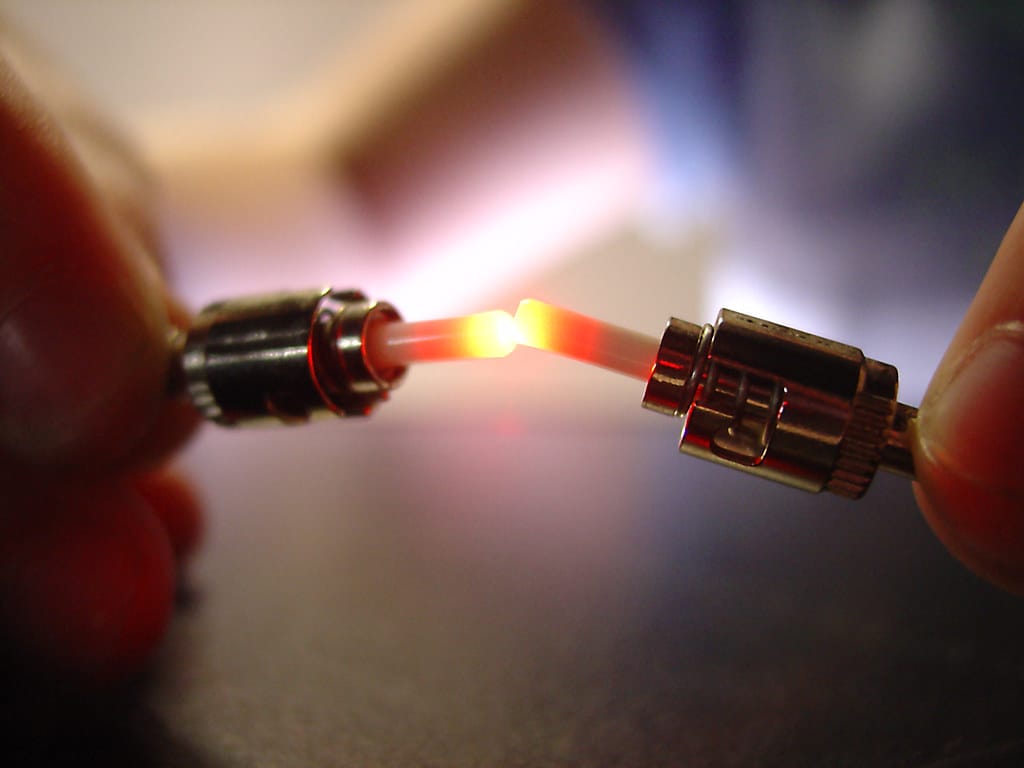Fed Up with Comcast? These Two Guys Built Their Own Fiber Network—And It's Thriving
When frustration with poor internet service reaches a breaking point, most people switch providers or file complaints. But Dane Jasper and Sonic co-founder took a different approach: they built their own fiber-optic internet service provider from scratch. What started as a personal vendetta against unreliable service has evolved into a thriving business that's reshaping how we think about local internet infrastructure.
The Breaking Point: When Customer Service Fails
The story begins like countless others across America. Two friends, fed up with Comcast's inconsistent speeds, frequent outages, and notoriously poor customer service, decided they'd had enough. But instead of simply switching to another major provider—often the only alternative in many markets—they took matters into their own hands.
"We were paying for 100 Mbps and getting maybe 20 on a good day," recalls one of the founders. "The final straw was when we had three outages in a single week, each lasting hours, with no real explanation or compensation."
This frustration mirrors a broader national sentiment. According to the American Customer Satisfaction Index, internet service providers consistently rank among the lowest-rated industries for customer satisfaction, with major cable companies like Comcast frequently at the bottom.
Building from the Ground Up: The Technical Challenge
Creating an internet service provider isn't just about stringing cables between houses. The duo faced significant technical, regulatory, and financial hurdles that would have deterred most entrepreneurs.
Infrastructure Investment
The initial investment required was substantial. Fiber-optic cables, switching equipment, and connection hardware cost hundreds of thousands of dollars before serving a single customer. They started small, focusing on their immediate neighborhood and gradually expanding outward.
"We began by calculating exactly what we needed to serve about 50 homes," explains one founder. "Once we proved the concept worked, we could attract investors and expand the network."
Regulatory Navigation
Perhaps more challenging than the technical aspects was navigating the complex web of local regulations, permits, and right-of-way agreements. Many municipalities have exclusive agreements with major providers, making it difficult for new players to enter the market.
The founders spent months attending city council meetings, filing paperwork, and building relationships with local officials. Their persistence paid off when they secured the necessary permits to begin construction.
The Results: Speed, Reliability, and Community Impact
Three years after launching, their fiber network now serves over 1,200 customers across multiple neighborhoods. The results speak for themselves:
- Speed: Customers receive the full advertised speeds, with many reporting consistent gigabit connections
- Reliability: Network uptime exceeds 99.9%, with most outages resolved within hours rather than days
- Cost: Pricing remains competitive with major providers while offering superior service
- Customer Service: Response times average under 30 minutes, with most issues resolved on the first call
The Ripple Effect: Inspiring Others
Their success hasn't gone unnoticed. The story has inspired other communities to explore municipal broadband options and encouraged entrepreneurs to challenge the status quo in their own markets.
"We've received inquiries from people in at least a dozen states asking for advice on starting their own ISPs," notes one founder. "The technology is more accessible than ever, and the demand for better service is universal."
Economic Benefits
Beyond improved internet service, the local fiber network has attracted new businesses to the area and increased property values. Real estate agents report that homes with access to the fiber network sell faster and for higher prices than comparable properties served only by traditional providers.
Lessons for the Future
This grassroots success story highlights several important trends in the telecommunications industry:
Competition drives innovation: In markets dominated by one or two major providers, innovation often stagnates. New entrants force established companies to improve service and pricing.
Local solutions work: Community-focused ISPs can be more responsive to local needs and provide personalized service that large corporations struggle to match.
Technology democratization: The tools and knowledge needed to build internet infrastructure are becoming more accessible, lowering barriers to entry for determined entrepreneurs.
The Path Forward
As more communities explore alternatives to traditional ISPs, stories like this one provide both inspiration and practical guidance. While not everyone has the technical expertise or financial resources to build their own fiber network, the success of these two determined individuals proves that challenging established monopolies is possible.
Their journey from frustrated customers to successful ISP owners demonstrates that sometimes the best response to poor service isn't to complain—it's to build something better.
